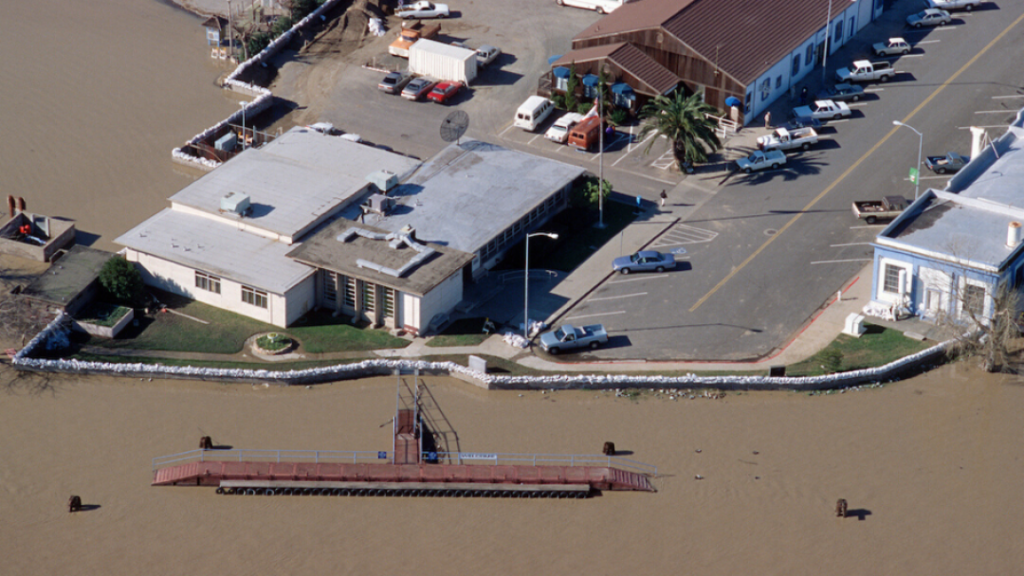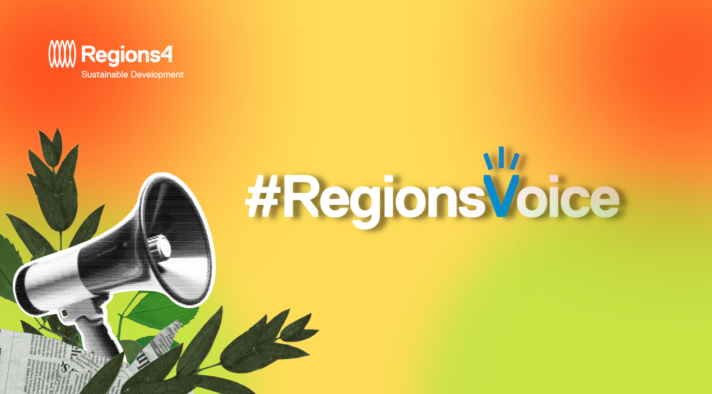In the radiant glow of California, a RegionsAdapt member, diversity shines as brightly as the sun. The United States West Coast state, however, is no stranger to socio-economic inequalities. In a historic turn, California has decided to examine these disparities through a new, more integrated lens.
The Climate Vulnerability Metric (CVM), a pioneering initiative in the state of California, seeks to understand the intricacies and quantify at the census level the profound effects of climate change not only on the environment, but on communities and human lives.
The construction of the CVM, a meticulous process involving five key steps, sought to capture the full spectrum of climate impacts. From creating climate dose-response functions to valuing impacts in monetary terms, each step was a puzzle piece coming together to show California‘s vulnerability bigger picture.
The result was the first-ever, ground-breaking census tract measure, a quantifiable representation of the impacts of climate change, accounting for differences in vulnerability across communities. More than statistics on paper, it became evidence to the joint responsibility of safeguarding the well-being of all peoples inhabiting the Golden State.

Diversity is the question – and the answer
California‘s government stepped outside the box in the field of climate disasters, recognizing the importance of economic diversity. The CVM wasn’t just about climate impacts; it transcended the scientific realm, considering the economic inequalities that already existed. This approach ensures that the metric reflects the true realities of California’s diverse communities.
Defining vulnerability in a way that departed from the norm, the CVM shattered prior assumptions, rejecting the notion that everyone responds uniformly to climate hazards. It delved into the very essence of communities, acknowledging their varying capacities to respond and adapt to the changing climate.
The Climate Vulnerability Metric isn’t merely a metric; it’s a call to action and a catalyst for meaningful change. It’s a tool empowering targeted resiliency and adaptation policies, guiding efforts to make California‘s diverse populations more resilient and reducing disparities through strategic funding for climate adaptation.
California, with its kaleidoscope of cultures, peoples, climate and biodiversity, stands at the forefront of climate resilience. Subnational governments are the bridge that connects policymakers, communities, and the knowledge needed to advance towards a more sustainable, just and equitable future needed to leave no one behind.



